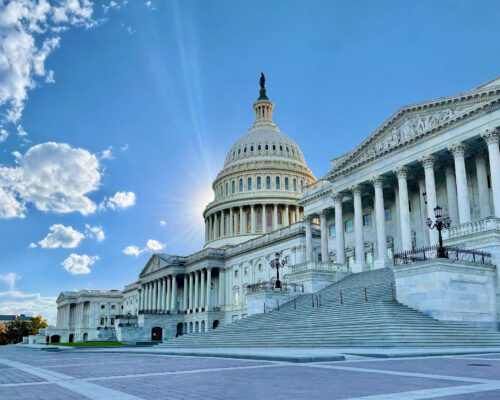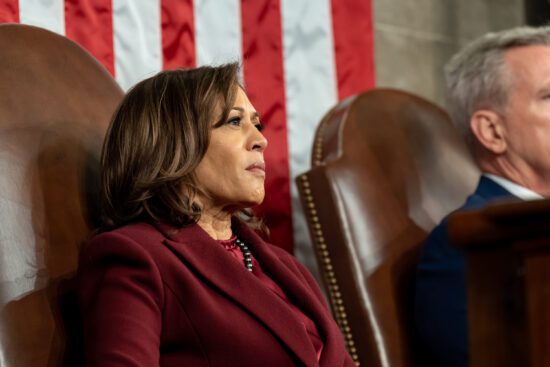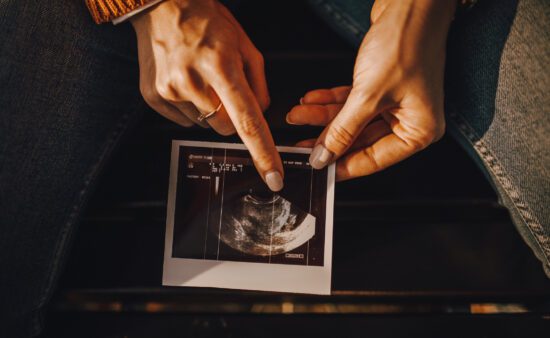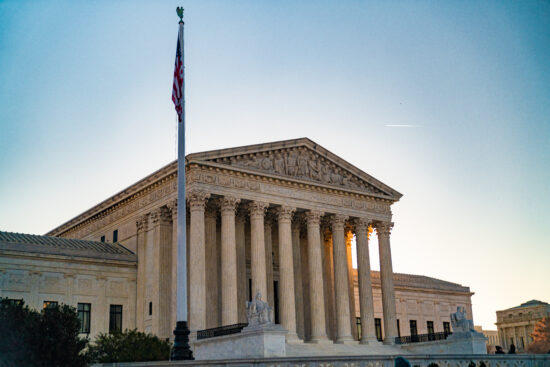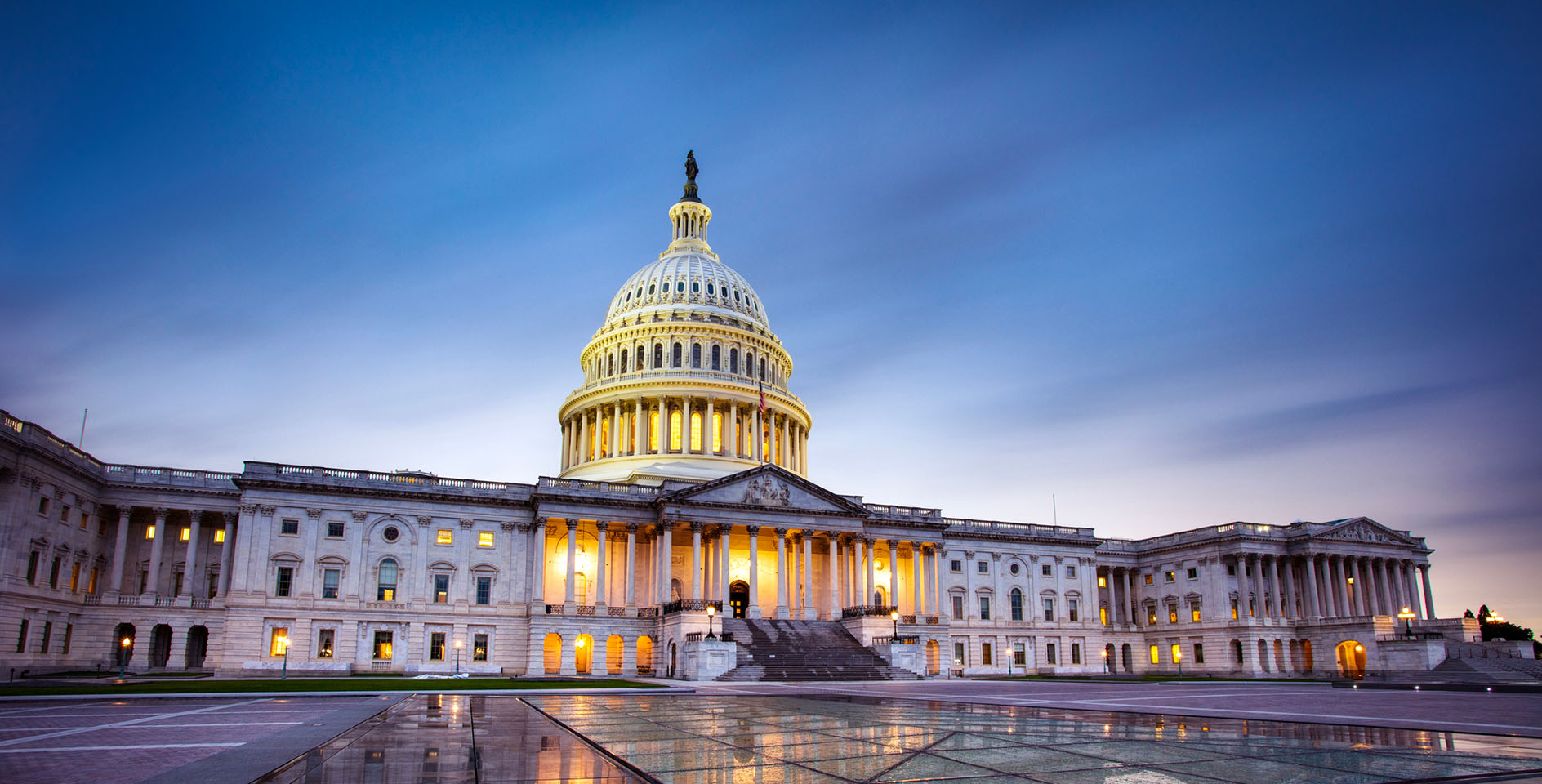On Wednesday, April 22, 2015, the U.S. Senate passed an important bill to curb human trafficking and to aid its victims. Here is what you should know about that legislation:
What is the story with the human trafficking bill?
The recent human trafficking bill, officially known as the Justice for Victims of Trafficking Act of 2015, was originally introduced in in the Senate on January 2015 by Sen. John Cornyn (R-TX). The bill had 34 cosponsors in the Senate, 13 Democrats and 21 Republicans (Sen. Barbara Boxer initially signed on as a cosponsor but withdrew her support a day later.) However, after initially supporting the bill, Democrats launched a filibuster because of language in the bill related to abortion.
In response, Senate majority leader Mitch McConnell refused to allow a vote on attorney general nominee Loretta Lynch until the trafficking bill made it out of the Senate. After weeks of negotiations, a bipartisan agreement was reached and the bill was put up for a vote, passing unopposed (99-0).
Why did the Democrats oppose the bill?
Senate Democrats—including ten of the cosponsors—filibustered the bill to prevent it coming up for a vote after learning of opposition by abortion rights groups, such as NARAL and Planned Parenthood. The abortion lobby opposed the bill because it included the Hyde amendment, an addition routinely attached to annual appropriations bills since 1976 which bans federal funding of abortion with exceptions for rape, incest and the life of the mother.
According to NPR, Democrats said restrictions on abortions should apply to only taxpayer money, and that the fund created by the trafficking measure was not taxpayer money because it’s collected from fines on people convicted of sex-trafficking crimes. A deal was later reached which would allow the criminal fines to be used for victim services unrelated to health. The money related to the bill used for health services would still be subjected to the Hyde amendment.
As NPR’s Alisa Chang says, “both sides can say they won. Republicans can say no part of the fund pays for abortions. Democrats can say the Hyde Amendment was never expanded to apply to non-taxpayer money.”
What does the trafficking act do?
The bill provides for numerous changes to legislation related to trafficking, including:
• Imposes an additional fine of $5,000 for the crime of trafficking.
• Establishes the Domestic Trafficking Victims’ Fund into which revenues from such penalties shall be deposited and used in from 2016-2020 to award grants to combat trafficking, enhance trafficking victims’ programming, and provide services for victims of child pornography.
• Prohibits the use of amounts from the Domestic Trafficking Victims’ Fund for any abortion or for health benefits coverage that includes coverage of abortion, except where the pregnancy is the result of rape or incest or the woman’s life is in danger unless an abortion is performed.
• Expands the definition of “child abuse” under the Victims of Child Abuse Act of 1990 to include human trafficking and the production of child pornography and authorizes grants to develop and implement specialized programs to identify and provide direct services to victims of child pornography.
• Provides for the forfeiture of real or personal property that was involved in the commission of human trafficking crimes.
• Expands Department of Justice authority to intercept wire, oral, or electronic communications to include investigations of offenses relating to peonage, involuntary servitude, forced labor, and trafficking.
• Makes traffickers and buyers equally culpable for sex trafficking offenses.
• Classifies crimes involving peonage, slavery, and trafficking in persons as crimes of violence under the federal criminal code.
What is human trafficking?
“Trafficking in persons,” or “human trafficking,” describes the act of recruiting, harboring, transporting, providing, or obtaining a person for compelled labor or commercial sex acts through the use of force, fraud, or coercion. Trafficking in persons is estimated to be one of the top-grossing criminal industries in the world (behind illegal drugs and arms trafficking), with traffickers profiting an estimated $32 billion every year.
Nearly half of all incidents investigated by U.S. law enforcement agencies between January 1, 2008, and June 30, 2010, involved allegations of adult prostitution (48 percent). Forty percent involved prostitution of a child or child sexual exploitation. Fourteen percent of cases contained allegations of labor trafficking.
What is the next step for the trafficking bill?
The bill will now need to be worked out with the House, which passed another version of the legislation that did not include such features as the victims’ fund. Once those differences are resolved, the legislation will be sent to President Obama to be signed into law.





